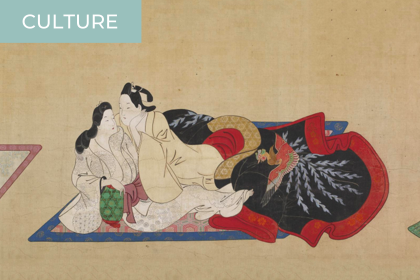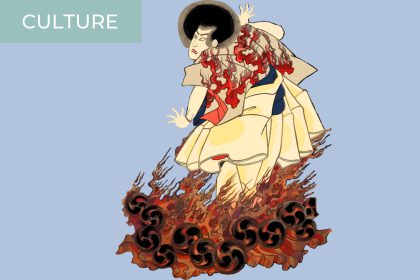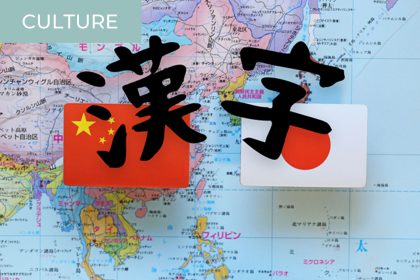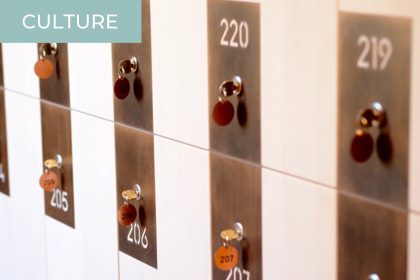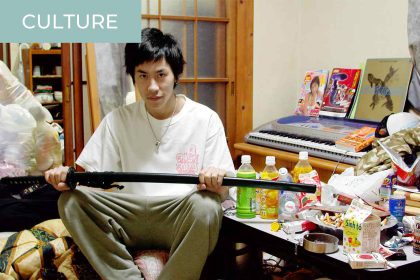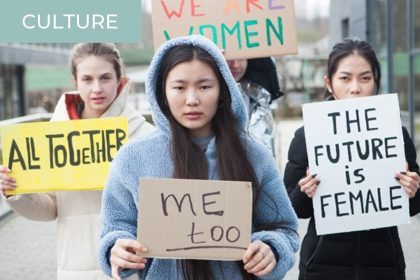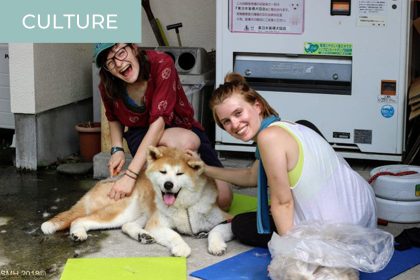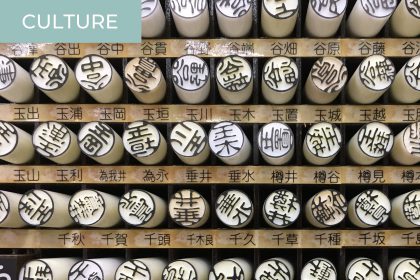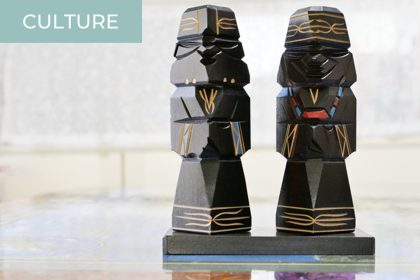In a previous article, we learned how to do basic counting and introduced the concept of “counters.” Remember that counters are like what differentiates a “piece” of cake from a “whole” cake in English, and Japanese has a lot of them. I also introduced the general counter ending in -つ (-tsu) in the previous article….
Shunga: Ancient Japanese Pornography, or Something Else?
Today I’m going to talk about shunga, or Japanese erotic art, with hundreds of years of history. Now, before I begin, bear in mind the nature of this highly sexual topic. By modern Western standards, this content might not be safe for work or family-friendly, although any explicit images I’ll link and tag with “[click…
Sex, Drugs and Rock’n Roll: About Art and Craft of the Edo Period
The Edo period (1603-1868) – what do you associate with that Japanese time period? What do you see in your mind’s eye? Perhaps Edo Castle and the romantic image of a city built of wood and paper? Maybe you also see the elegance and ostentatious lifestyle of wealthy citizens, mysterious seductions from the world of…
Not All Kanji Are Chinese: Understanding Japanese Kanji Creations and False Friends
One of the first things you will learn about kanji is that they are Chinese characters. But did you know that not all kanji are from China? What’s more, not all words written in kanji mean the same thing in Japanese as they do in Chinese! Let me tell you about these Japanese kanji creations,…
How to Count in Japanese
Do you know how to count in Japanese? Along with keigo, counting in Japanese is often considered one of the most difficult aspects of the language to learn. Because of the historical influence of Chinese vocabulary, the Japanese language actually has different ways of counting in different contexts. If you’re confused, that’s okay. I’m going…
The Silent Disappearance – About the Phenomenon of Hikikomori
They sit in their tiny rooms, in front of their computers, and lie on their beds during the day. They only go outside at night, and only if they can’t avoid it. Out into life? No, not at all. For these young people, life takes place in a few square meters. It is a life…
What is the Status of Abortion in Japan? An Overview of Women’s Reproductive Rights
The US Supreme Court’s overturning of Roe v. Wade in June has turned the spotlight on reproductive and women’s rights worldwide. Under Roe v. Wade, access to abortion was a constitutional right in the US, even if only in theory. Since the draft of the decision was leaked in May, protests across the US erupted…
Volunteering at Animal Shelters in Japan: What You Need to Know
Are you interested in volunteering for animals in Japan? Volunteering at animal shelters is one of the most heartbreaking yet rewarding activities I have taken part in. I am a massive dog lover, and I first volunteered at an animal shelter when I was about 10 years old. During my last year in college, I…
Japanese Family Names and Their Meaning
Some time ago, we introduced the most popular Japanese first names and their meaning. But what about Japanese family names? Read along for an introduction to the most common family names in Japan, and a history of how family names evolved over time. This article was kindly provided to Kokoro Media by our partner the German-Japanese…
Who Are the Ainu, and What’s Their Story?
Did you know that Japan has been a multi-ethnic country since its inception? If your response is “no,” you’re not alone. Apart from the Yamato (the dominant ethnic group in Japan, often just known as “the Japanese”), there are three other indigenous ethnic groups in Japan: the Ainu, the Bonin (also known as the Obeikei),…


